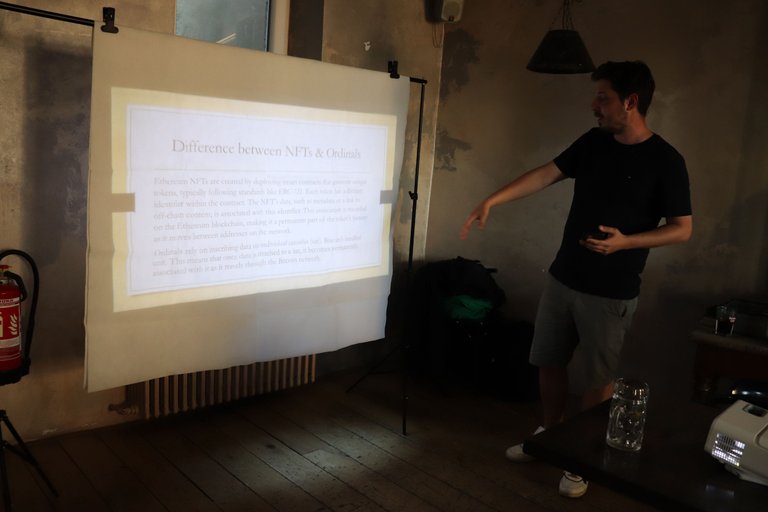In this post, I will share my key takeaways from the @offchain-lux event called "Bitcoin: Past, Present & Future,".
Inception and Early Adoption (2008-2012)
Bitcoin was introduced in 2008 by someone known as Satoshi Nakamoto. It was designed to be a decentralized financial system, allowing transactions without a central authority. Initially, it was popular among tech enthusiasts and libertarians who saw its potential to disrupt traditional financial systems.
Increased Visibility and Speculation (2013-2016)
Bitcoin started gaining more public attention. High-profile events like the closure of Silk Road and the Mt. Gox hack brought it into mainstream news. During this time, Bitcoin also became seen as an investment vehicle, leading to significant price fluctuations and attracting speculators.
Maturation and Institutional Interest (2017-2021)
Bitcoin's market expanded with the introduction of futures trading and increased interest from institutional investors. It began to be viewed as "digital gold" and a hedge against inflation. Technological advancements like the Lightning Network improved transaction speeds and scalability.
Ordinals and Expansion as an Ecosystem (2022-Present)
In 2022, the Ordinals theory was introduced, allowing data like images and texts to be inscribed on individual satoshis, Bitcoin's smallest units. This innovation broadened Bitcoin's appeal beyond financial transactions to include digital artifacts similar to NFTs. This has led to new applications and uses for Bitcoin.
NFTs and Their Importance
NFTs (Non-Fungible Tokens) are unique digital assets that represent ownership of specific items or content on a blockchain. They are valuable for digital collectibles, gaming, music, entertainment, and even real-world assets like real estate and art. Each NFT is one-of-a-kind and can be bought, sold, or traded.
Ordinals vs. NFTs
Unlike Ethereum NFTs, which rely on smart contracts, Ordinals inscribe data directly onto individual satoshis. This makes Ordinals highly secure, stored on-chain, and immutable, although they do not support royalties like NFTs do.
Bitcoin Runes
Bitcoin Runes enable the creation of fungible tokens on the Bitcoin blockchain using a part of Bitcoin transactions which allows small data pieces to be stored directly on the blockchain.
Digital Matter Theory (DMT)
DMT suggests that digital matter can be discovered in historical blockchain data through specific patterns. An example is the Natcats art collection, generated autonomously through the Bitcoin blockchain based on specific data patterns.
Overall, this event provided a comprehensive overview of Bitcoin's evolution, current innovations, and the expanding ecosystem around it. It was a great learning experience about the potential and versatility of blockchain technology.





Congratulations @anre08! You have completed the following achievement on the Hive blockchain And have been rewarded with New badge(s)
Your next target is to reach 100 upvotes.
You can view your badges on your board and compare yourself to others in the Ranking
If you no longer want to receive notifications, reply to this comment with the word
STOPCheck out our last posts: